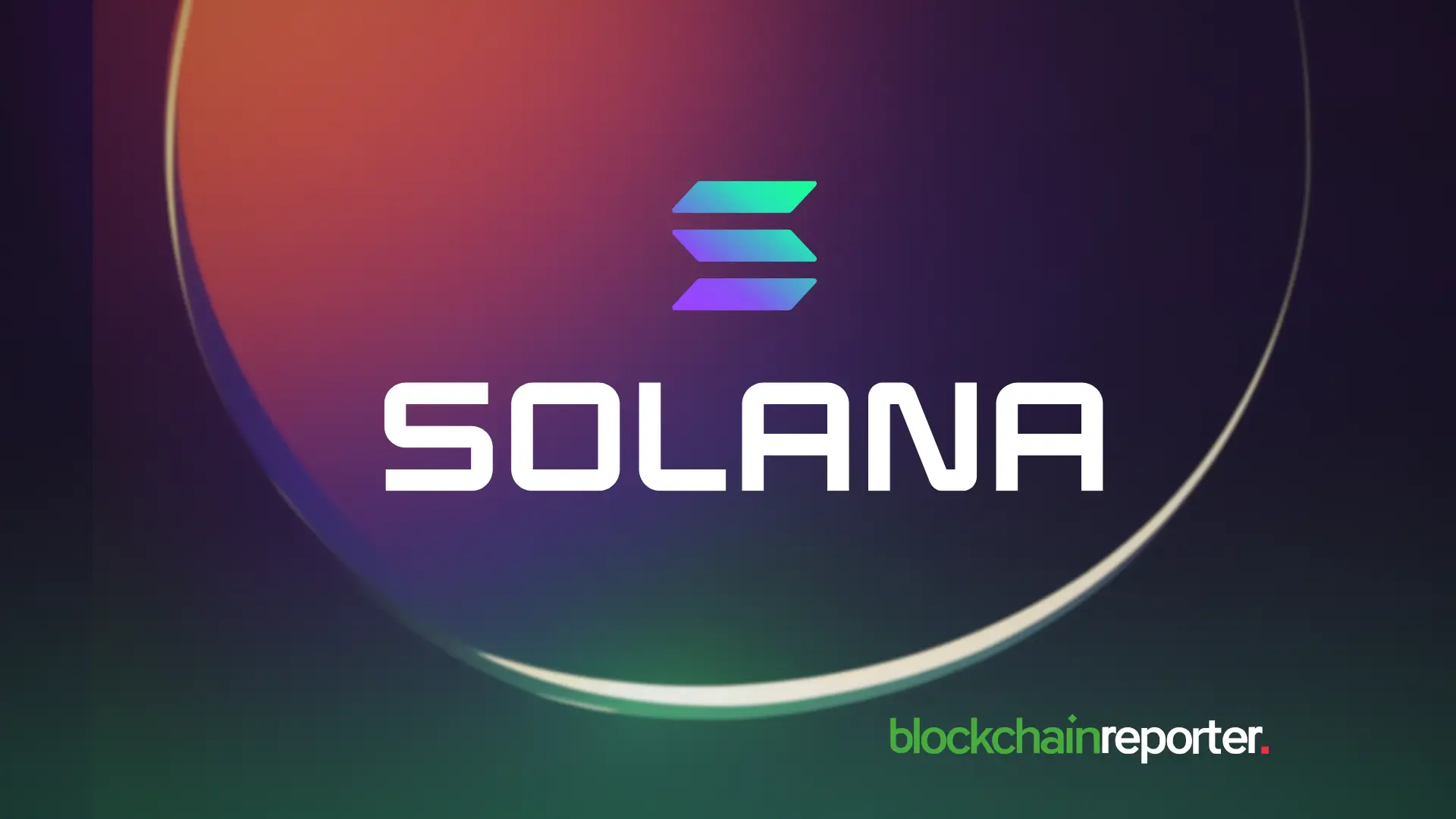Coinbase CEO Brian Armstrong believes Bitcoin could reach $1 million per coin by the end of this decade — but only if policymakers hold the line against bank lobbyists trying to choke the industry.
“I think Bitcoin could reach $1M by ~2030 based on current conditions and progress,” Armstrong posted this week along with an interview on Fox Business.
Armstrong pointed to regulatory clarity, U.S. government Bitcoin reserves, and ETF adoption as key drivers of demand.
His optimism comes as Congress works with two major pieces of crypto legislation: the Genius Act, providing rules for stablecoins was signed into law earlier this year, and the broader Clarity Act, which establishes market structure for all non-stablecoin assets.
Armstrong, who has been roaming Capitol Hill to advocate for the measures, called the legislation “historic” and credited President Donald Trump and Sen. Bill Hagerty (R-TN) for pushing the U.S. toward becoming the “crypto capital of the world.”
Crypto exchanges as a ‘bank replacement’
But he warned that big banks are already trying to derail progress. Their latest target: banning rewards programs tied to stablecoins and bitcoin, which threaten the lucrative credit card rewards industry.
“Every company should be able to have reward programs, just like credit card points or airline miles,” Armstrong said on Fox Business. “For [the banks] to come in and try to ban that in the crypto industry is them trying to block their competition, I think most members of the Senate are not going to do a big bailout for the banks.”
The fight goes deeper than perks. For Armstrong, the debate over rewards exposes the larger conflict between legacy financial institutions and open, crypto-powered rails.
Banks rely on closed networks and swipe fees; stablecoins and bitcoin payments offer instant settlement and cheaper costs. Allowing crypto rewards is a step toward normalizing an alternative financial infrastructure — one that doesn’t run through the big banks.
That, Armstrong argues, is precisely why Wall Street is lobbying so hard. But Armstrong sees the shift as inevitable.
Coinbase itself has ambitions to be more than an exchange. Armstrong described the company as building a “super app” to replace legacy banks, offering trading, custody, payments, savings, and bitcoin-denominated rewards.
“Ultimately we want to be a bank replacement for people. We want to be people’s primary financial account,” he said.
Source: https://bitcoinmagazine.com/takes/coinbase-ceo-says-bitcoin-could-hit-1-million-by-2030-if-banks-dont-get-in-the-way


